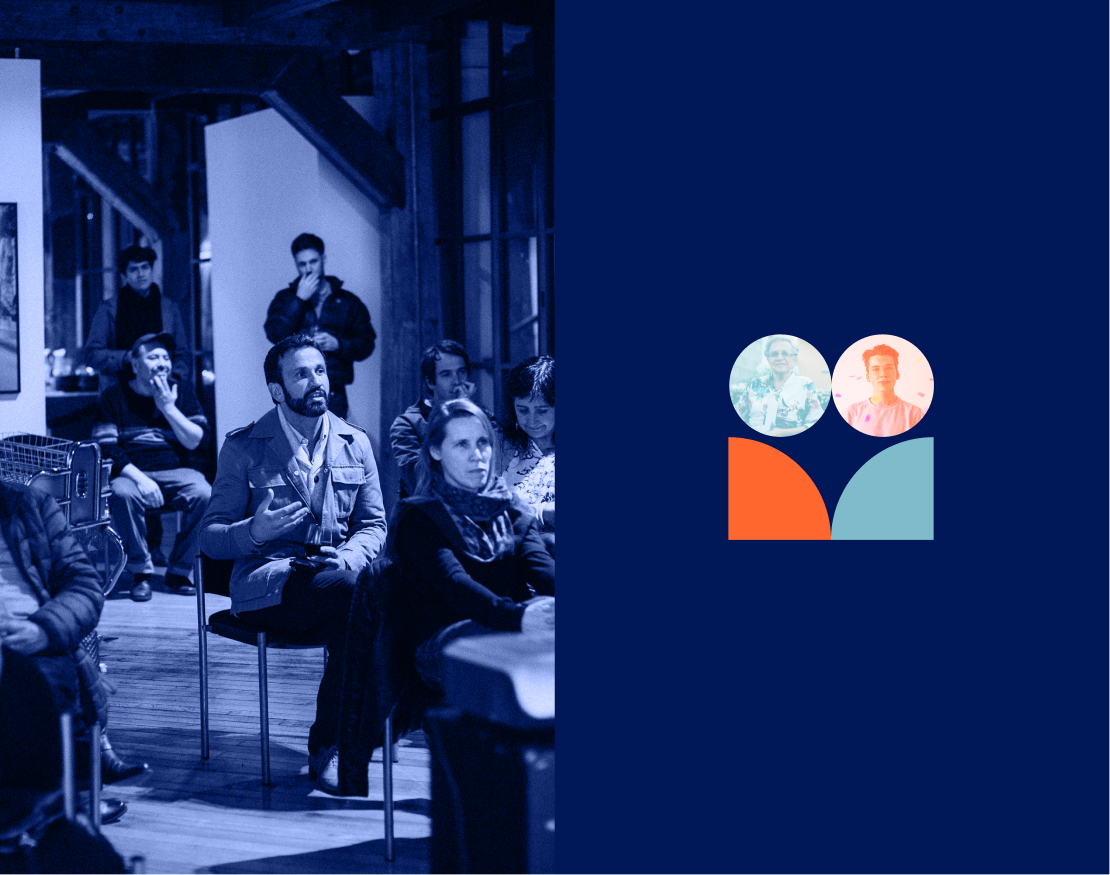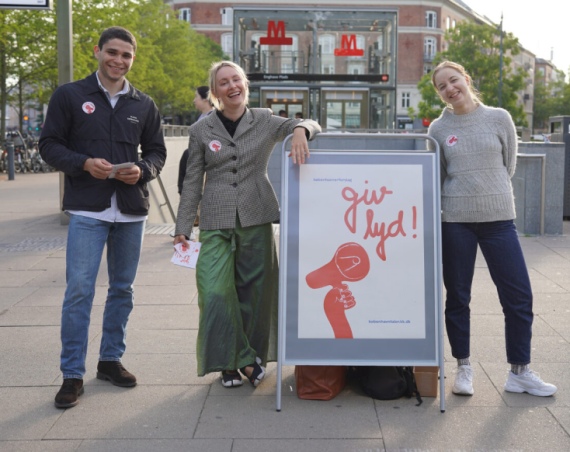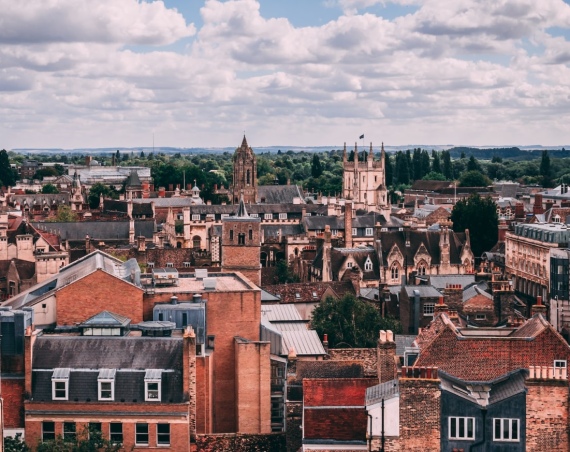With around 300,000 residents, Newham is one of the biggest and most diverse boroughs in London, so it should be no surprise that it’s not new to community engagement. In fact, Newham’s recent leadership has prioritized involving residents and creating a more participatory democracy, including via a dedicated Resident Engagement and Participation team.
Over the last several years, the borough has launched several impressive community engagement initiatives, including the Queen’s Market Good Growth Programme – a £4.1 million project aimed at including residents in urban planning decisions and more recently, community assemblies to identify priorities to address through neighbourhood projects and the first permanent sortition-based citizens assembly in England.
Newham’s process to set up community assemblies
One of the clear benefits of a community assembly is that high participation and localization make for very tangible, and usually highly visible, results. But navigating feedback loops and balancing different neighbourhood needs with borough-wide priorities can be tough. Newham steered this by creating clear phases for their community assembly, balancing working with the entire community and then diving deeper into issues with working groups.
By breaking up their phases and engagement methods, Newham ultimately helped more people feel they were being listened to, thus creating the conditions for more responsive governance.
Addressing diverse community needs with community assembly phases
Newham decided to open the wider community assembly to anyone who lives, works or learns in the borough, and allowed them to come in and out of the assemblies. They also created dedicated working groups, made up of residents, councillors and local stakeholders who could use their local knowledge to oversee the process from start to finish and make sure it is really addressing the needs of the community. Those in the working group were involved in the process from start to finish and helped hold the council accountable.
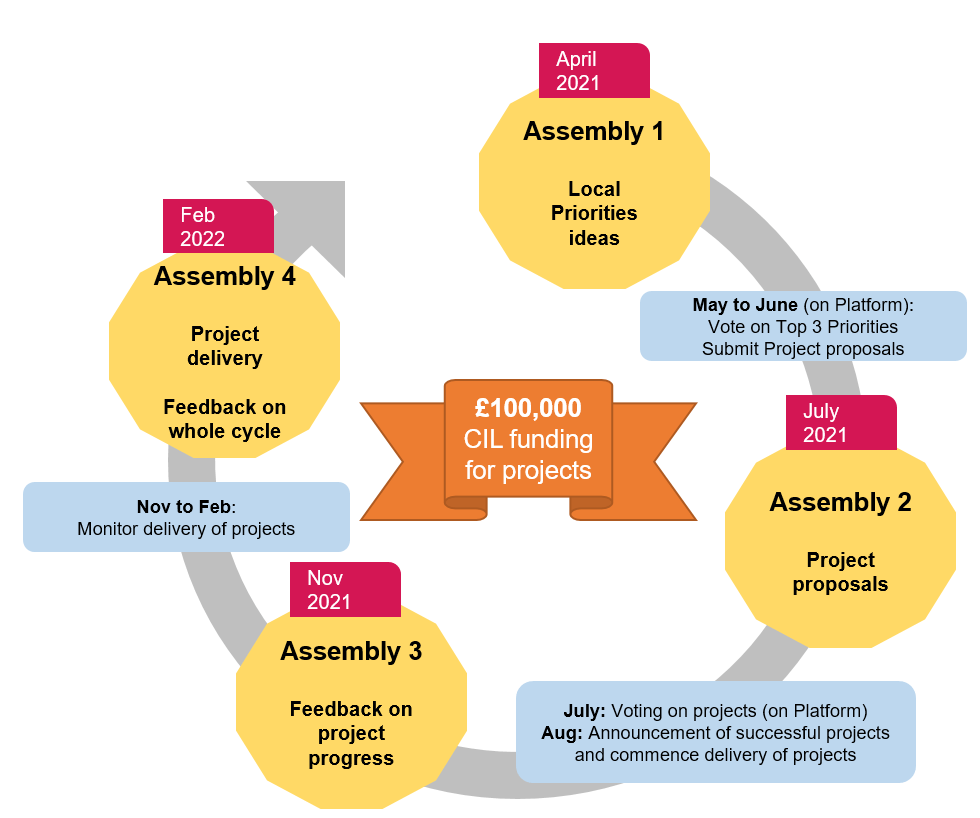
This approach helped the council get the larger community’s broad input into values and priorities to tackle, while the working groups (which meet at least once a month) could then look at the finer details of those suggestions and report back to everyone. Whereas it would have been quite difficult to engage the entire group on all the details in a short time and retain attention, this approach was more participatory, inclusive, and responsive.
Process for setting up a community assembly
In the first round of Newham’s community assemblies, working groups co-produced projects with Community Neighbourhood managers from the council. In the second round, working groups monitored projects put forward by the community and played an oversight role to ensure that what was put forward to the council was in line with what the community was voicing.
When Newham first launched the current cycle of its community assembly initiative, they opened the consultation to all residents and invited them to submit ideas for key priorities they believed the council should work on for their respective neighbourhoods. As you might imagine, this resulted in a lot of public input and feedback, which the working group helped summarize by reviewing the data and drilling it all down into 10 options.
This shortlist was then presented back to all residents for a vote. In the end, the most popular options focused on: parks and green spaces, community safety, youth activities, and cleaning and brightening up the streets. Since the priorities were voted on, working groups have been collaborating with the borough to design concrete solutions to tackle the top three priority areas each neighbourhood identified.
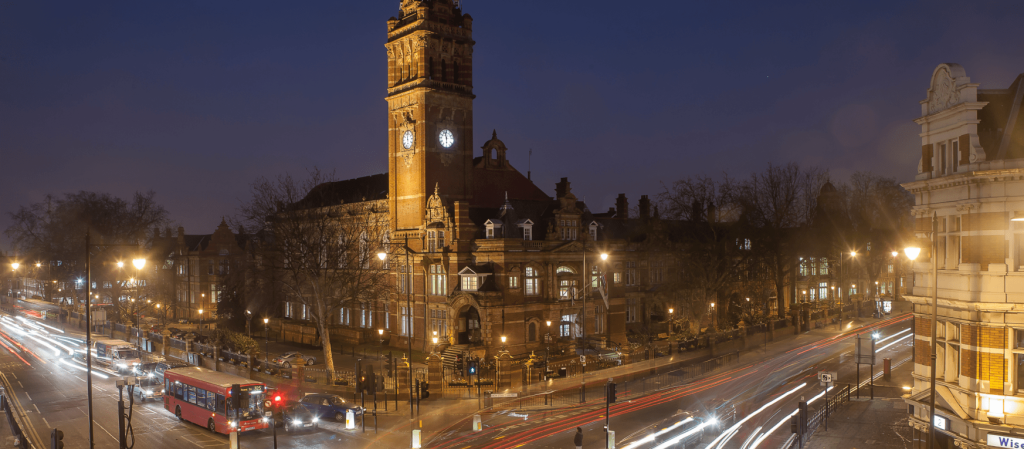
Public budgets and community assemblies
Newham backed these efforts with funding for each neighbourhood – £25,000 per neighbourhood in the first round, and £100,000 per neighbourhood in the second round. Once each neighbourhood identified its top three priorities, residents were asked to put forward project ideas per category and did a participatory budgeting exercise to propose how to fund their ideas. When the allocation phase ended, Newham’s team announced the budget decisions and shared information on upcoming action steps with clear feedback.
Now you might be wondering – how was Newham able to allocate such an impressive pot of funding? In 2019 Newham’s leadership asked an independent commission to do an investigation into what needed to happen in the borough to make it a more participatory democracy. This included borough-wide listening sessions with residents. Based on the findings, the commission put forward recommendations, one of which was to utilize a fund the council had access to – the Community Infrastructure Levy fund, largely available due to smart use of development funding in the quickly-growing area – to support local participatory budgeting.
Newham’s community assembly results
Now that Newham’s community assembly initiative is in its final stages, 82 projects have been chosen (approximately 10 per neighbourhood) and they are in various stages of delivery to add community gardens, create green highways, launch youth programs, work on community safety, and facilitate pop-up markets – among other things – across Newham.
“Because it’s so local, people are able to see the outcomes for themselves – planters being added just down their street, for instance. Seeing the real impact in their local area makes people take notice, and realise they can actually make a difference here,” reflected Amy Rosa, Newham’s Participatory Democracy Coordinator.
Other community engagement learnings
Newham’s team remained open to iteration throughout the process, making adjustments as needed. In the first round of their assemblies, they utilized random selection principles in an attempt to make participation in working groups as fair as possible. They found that a lot of people were enthusiastic at the beginning, but there was a lot of dropoff as the process moved along. After receiving feedback, they decided to use an application process to help ensure individuals in the working groups had higher commitment and availability for the project.
“Even when you make improvements it’s a continual process of tweaking and learning. For instance, we also decided to provide stipends to compensate people for their time in the second phase. As a more committed group got involved, they openly told us that the diversity of the group and how they’d been able to work together and resolve conflicts was really enjoyable,” said Andy Paice, an external consultant who has been working on Newham’s community assemblies project since its inception.
But their learnings didn’t stop there. While Newham launched their Co-Create platform in response to the pandemic, they intend to continue using digital options. “Coming online meant that the number of people voting for projects went up quite a lot and, in that sense, wider participation has been much higher. Since we started using the platform, there are loads more projects that people can be part of so there is more choice for people to get involved in different areas of the council’s work,” added Amy.
In the process of going online, the team was also conscious of differing abilities and access to digital tools in the community. Just as they had taken DEI measures before, such as including sign language interpreters at their in-person events, they wanted to ensure that anyone who wanted to participate on the Co-Create platform could continue to do so.
“One of the things that came up over and over again is people’s worry to not exclude those who are not digitally literate. In some of our neighbourhoods, the community would host library sessions for those without access to digital devices at home. We also balanced sessions with in-person morning sessions and online evening sessions – now we want to explore how to further scale those efforts,” shared Andy.
